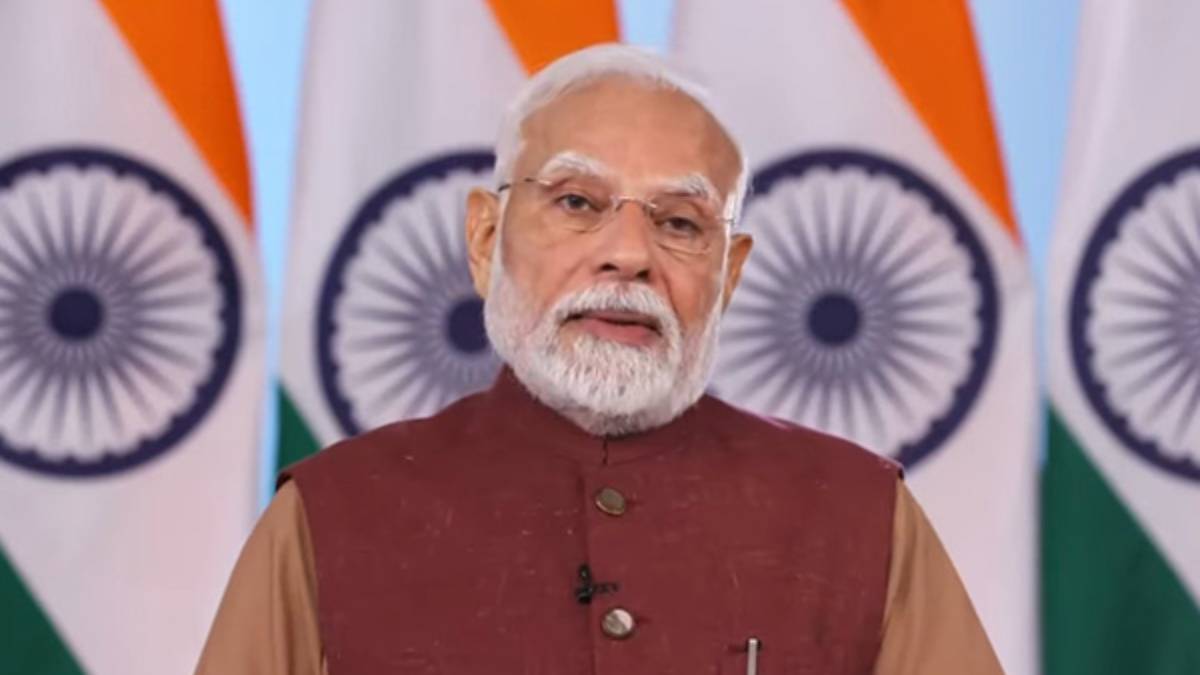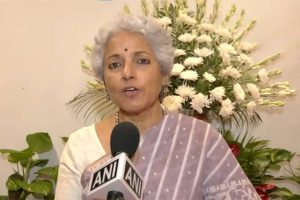Prime Minister Narendra Modi on Thursday reaffirmed India’s unwavering commitment to protecting the interests of its farmers, fishermen, and dairy sector in response to the United States’ decision to double tariffs on Indian imports.
Addressing concerns after U.S. President Donald Trump signed an executive order imposing an additional 25 per cent duty—taking total tariffs to 50 per cent—on Indian goods, PM Modi made it clear that India will not compromise on the livelihoods of its agricultural communities.
“For us, the interest of our farmers is our top priority. India will never compromise on the interests of farmers, fishermen, and dairy farmers. I know we will have to pay a heavy price for it—and I am ready for it. India is ready for it,” the Prime Minister said.
The tariff escalation is seen as part of ongoing trade tensions, with the U.S. demanding greater access to India’s agricultural market, particularly for corn, soybeans, and cotton. India, however, has consistently resisted these demands, citing the need to protect domestic producers from market disruptions and unfair competition.
According to the executive order issued by the White House, the decision to raise tariffs was made citing national security and foreign policy concerns, particularly India’s continued purchase of Russian oil, which the U.S. claims contributes to global instability and finances the conflict in Ukraine.
Under the new directive:
- The initial tariff hike took effect on August 7.
- The additional 25% duty will be imposed after 21 days on all Indian goods entering the U.S., except those in transit or qualifying for exemptions.
- Executive Order 14257 allows for future modifications based on evolving geopolitical conditions or retaliatory trade measures.
While some items—including mineral substances, ores, fuels, industrial chemicals, and pharmaceutical precursors—have been excluded under Annex II of the order, the bulk of Indian exports will be affected.
Experts warn that the move could moderately dent India’s GDP growth in FY26.
Sonal Badhan, Economics Specialist at Bank of Baroda, noted: “We had initially priced in a 0.2 per cent impact on GDP growth from the first round of tariffs. With this additional 25 per cent hike, the total impact may range from 0.2 to 0.4 per cent, depending on how negotiations evolve.”
Sectors expected to feel the brunt include:
- Textiles and garments
- Precious stones and jewellery
- Pharmaceuticals
- Electronics and auto components
- Micro, Small and Medium Enterprises (MSMEs)
While the U.S. move is intended to apply pressure over geopolitical disagreements, diplomatic channels remain open, and both countries are expected to continue trade talks in the weeks ahead.





